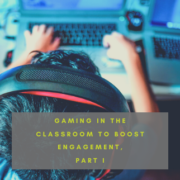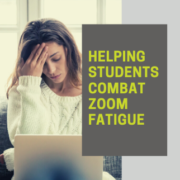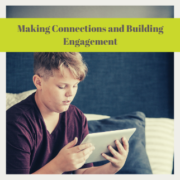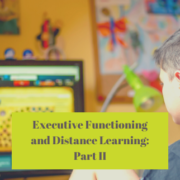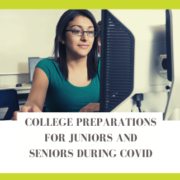Self-care for Children
There has been a great deal of talk about the importance of self-care. The COVID-19 pandemic has created a great deal of stress, worry, and unease for all of us. What we don’t hear enough about, however, is how crucial self-care can be for children’s well-being. During this time that adults need to preserve their own mental health and well-being, they must also tend to their children who require the same, if not more, self-care. Like general hygiene routines, children must be instructed on how to take care of themselves—this includes emotional care, too!
Youngsters may initially find it difficult to actually place their feelings into a category. This is especially true in the heat of the moment. Instead of clearly articulating their feelings, kids may just lash out, cry, or shut down. When this happens, parents typically scurry to diffuse the situation quickly—rightfully so—rather than attempting an in-depth conversation about recognizing feelings before they erupt. Yet there are proactive measures that can be taken. To ease future emotional moments, try the following:
- Parents can help little ones recognize and verbalize their feelings by explaining the difference between a situation that might make one angry versus scared or upset.
- Use scenarios that relate to your child’s age and interests and speak about these experiences hypothetically. Use the word “pretend” as your term to signify each scenario as strictly practice for identifying future feelings/emotions.
- For children that have specific social needs, visuals are helpful when teaching and discussing abstract concepts such as frustration, loneliness, etc. Consider using cartoons or emojis to help children visualize and conceptualize scenarios with particular emotions and facial expressions.
- Parents can also encourage kids to clarify the level of emotion that they are experiencing with a rating scale of some sort. For instance, a “1” would indicate a mild level of joy, anger, sorrow, etc., while a “5” would signify an extreme level of feelings.
- As kids get older, parents can encourage more advanced forms of expression, such as journaling, drawing, painting, photography, meditating, etc.
- For many kids, expressing and expelling pent up emotions comes with physical activities. When children are struggling with stress, frustration, anger, etc., parents can prompt activities such as jogging, roller blading, juggling a soccer ball, kickboxing, dancing, golf, and any other sport or physical activity to release energy, center one’s focus, and mediate aggression.
In addition to recognizing emotional triggers, part of self-care involves removal from situations that could be emotionally toxic. Like all social-emotional skills, this comes with practice. For children, it can be especially difficult to speak up and advocate for themselves when they need a break or a breather, but this can be greatly beneficial for mental health and well-being.
Therefore, in addition to recognizing one’s feelings, parents will want to encourage children to speak up when they are reaching the emotional threshold. Strategies could include:
- Asking teachers or other adults for a “brain break” when frustration hits. This could be as simple as taking a short walk in the hallway or getting a sip of water to cool down.
- Creating a hand signal or code word for children who are hesitant to voice their feelings. When kids say this word or give the specific signal, parents know then that he/she needs a moment to himself.
- Explaining to children that everyone, no matter how social or friendly they are, needs a break from the crowd sometimes. Make them feel comfortable taking that time for themselves to calm down, collect their thoughts, or just be alone for a moment.
- Similarly, in times of stress, children can find comfort in positive self-talk. But again, this is a learned practice—parents will want to model positive self-talk to demonstrate how it works. If a child is feeling anxious about a competition or test, practice soothing self-talk strategies to boost confidence and lower anxiety. Silent mantras such as, “You will do your best!” “You worked really hard for this!” “Everyone is already proud of your accomplishments!” go a long way when pepping children up.

